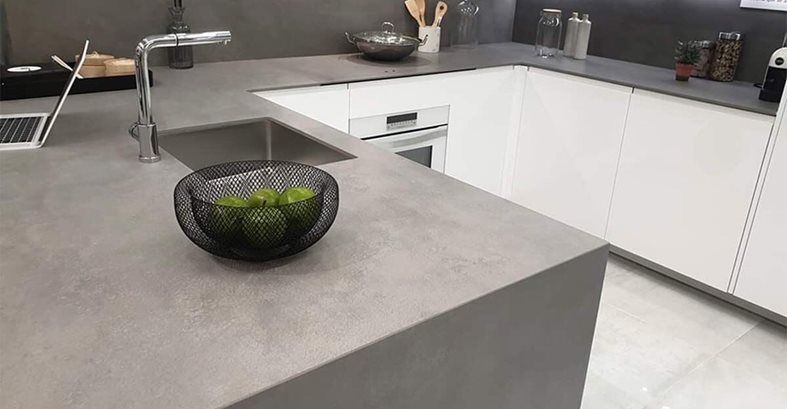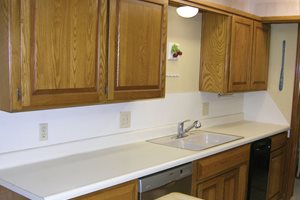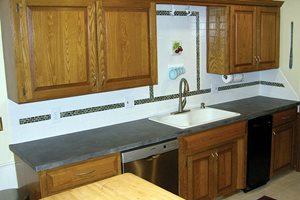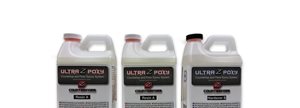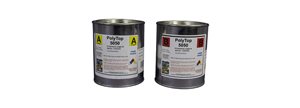Ultra Z Poxy - Epoxy Countertop System
Time: 01:03
New countertops are often at the top of the wish list when homeowners embark on kitchen remodeling projects, usually because the existing countertops look worn and dated or the color no longer works with the new design scheme. Instead of ripping out and replacing your old countertops, what if you could avoid the hassle and expense by simply covering them with a fresh new surface?
Thanks to new cement-based and epoxy overlays developed specifically for resurfacing countertops, more homeowners are opting for this time-saving and budget-friendly approach. Similar to overlays for floors, these products can be applied to almost any type of countertop to create a durable new decorative surface that can be customized in both color and finish. They also are a great alternative to new concrete countertops, allowing you to achieve the same look while offering the advantages of being lightweight, flexible, and cost-effective.
Find concrete countertop contractors near me.
HOW DO I CHOOSE A COUNTERTOP RESURFACING SYSTEM?
There are several options to choose from when resurfacing countertops. The system you decide to use often depends on the final look you want to achieve and the desired performance.
Cement-based coatings
Cement-based resurfacing systems developed specifically for application to countertops offer the advantages of being nonporous, extremely hard and durable, and customizable in color and finish. These systems are typically super-fine blends of portland cement, graded aggregates, and polymers that are trowel applied in multiple coats over a properly prepared substrate.
